Oaxaca’s rich, pre-Hispanic heritage and indigenous roots take center stage in its beverages. Native ingredients like corn, cacao, agave, and fruit are used to prepare an incredible variety of ancient and more modern drinks. Experience the region’s history and culture with this guide on what and where to drink in Oaxaca, Mexico.
Check out more Oaxaca travel guides, tips, and recommendations here.
Non-alcoholic Beverages
Atole
Atole is an ancient, hot beverage of water thickened with corn or corn masa (dough). La Atolería, a cafe dedicated to honoring atole, uses corn native to Oaxaca flavored with other locally sourced ingredients like cacao and amaranth (an ancient grain). If you try only one or two flavors at La Atolería, I recommend the champurrado with four types of cacao. It’s similar to hot chocolate and a popular drink in Oaxaca. I would also try one of their rarer flavors, like the atole with pataxte (a cacao variety) and flowers from the rosita de cacao tree. La Atolería also has tasting flights to try a variety of flavors. You can even order pastries from their bakery next door, Masea, Trigo, y Maiz.
Tejate
Tejate is a pre-Hispanic, energy-rich drink made of toasted corn, cacao, pixtle (the pit of the mamey fruit), and rosita de cacao flowers. These ingredients are ground into a paste, mixed with water, and hand-stirred, typically in green-glazed clay pots from nearby Atzompa. The drink is served in dried calabash gourds (jícaras) that are hand-painted. Tejate, with its signature clay pots and vibrant jícaras, is easy to spot and best to try at one of Oaxaca’s markets.
Hot Chocolate
Cacao has been core to the culture and cuisine of Mesoamerica for millennia. While ancient civilizations drank chocolate, modern Mexican chocolate was influenced by Spanish colonization. Today it’s typically made of cacao, sugar, and cinnamon. Locals traditionally drink chocolate de agua (chocolate with water), but you can order it with milk instead. Oaxacans use a wooden tool called a molinillo to mix and froth the beverage. Oaxaca is the center of Mexico’s chocolate production, making it a great place to drink hot chocolate, a common beverage in the country.
For high-quality, premium hot chocolate, I recommend third-generation chocolatier Rito Chocolatería. Rito’s also sells great food gifts to take back home, like artisanal Oaxacan chocolate disks and wooden molinillos for making hot chocolate yourself, chocolate bars blended with local ingredients like chiles, and Oaxacan mole negro (black mole) paste for cooking.
Coffee
The Spanish brought coffee to Mexico in the 18th-century. Today, Oaxaca is one of the country’s top coffee producing states. Most of its coffee is produced by small and medium-sized producers.
While in Oaxaca, order café de olla along with your breakfast. It’s a mildly caffeinated, spiced coffee drink prepared in an olla de barro or clay pot, which contributes to its unique flavor.
For artisanal coffee, Café Brújula (photos below) is a popular local chain that uses single-origin Oaxacan beans. Their Alcalá location in the historic center is best with its lovely outdoor courtyard. Nearby Cafébre is a cozy, atmospheric cafe where locals come to hang out with friends or work. The cafe sources its coffee directly from small Oaxacan producers, paying fair wages to local farmers. Filemón is another great coffee shop in the historic center that grows its own coffee locally. It opens at 7 am, earlier than many other local cafes, and serves food for breakfast.
Agua Fresca
Agua fresca generally refers to a cool drink that’s a blend of fruit, water, and sugar. There are other types, though, like horchata, which uses rice instead of fruit. There are two unique aguas frescas from Oaxaca that you can try at Casilda Aguas Regionales in Mercado Benito Juárez: horchata con tuna and agua de chilacayota. The Casilda family has been making aguas frescas for a century.
Horchata con tuna is horchata served with red prickly pear (tuna), cantaloupe, and pecans. Agua de chilacayota uses the chilacayota fruit, a giant type of squash from Oaxaca that looks like a watermelon on the outside. It’s cooked down with water, sugar, and cinnamon.
Alcoholic Beverages
Pulque
Pulque is a pre-Hispanic beverage made by lightly fermenting the sap of the agave plant. It has had a twisted history in Mexico. Pulque was once the drink of the Aztec Gods but was outlawed by the Spanish during colonial times and later stigmatized by the Mexican government as being an unsanitary drink of the lower class. Today, pulque is making yet another comeback for its connection to Mexico’s pre-colonial past and identity. It has become most popular among older Mexicans who grew up drinking it, younger hipsters, and the punk crowd. Pulque is drank very fresh, meaning it’s only available close to where agave is produced, in the central Mexican highlands.
Chaneke Pulquería Cultural is a casual and welcoming pulquería (pulque bar) great for mingling with locals. You can try their pure pulque or cured version mixed with other flavors. My favorite is their seasonal passion fruit (maracuyá) pulque.
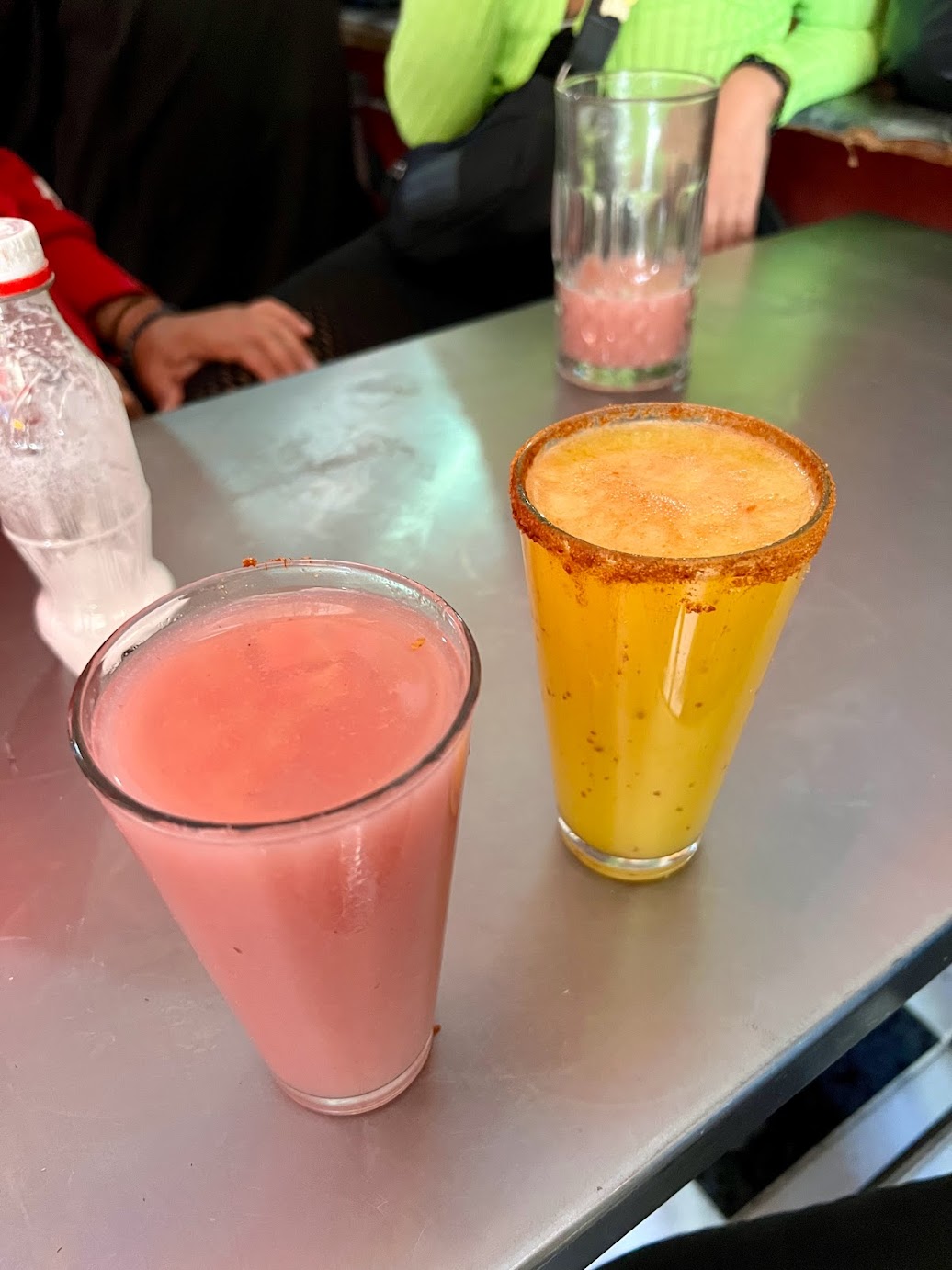
Mezcal
Oaxaca is famous for its mezcal, which is made by distilling any type of wild or cultivated agave. Tequila, on the other hand, is distilled exclusively from cultivated Blue Weber agave. Most of the mezcal in Oaxaca is handmade in small batches at family-run distilleries. Because of the vast number of agave plants used to make mezcal, the artisanal process, and the unique palate of each maestro mezcalero, or mezcal master, Oaxacan mezcals are incredibly unique and diverse.
To sample Oaxaca’s tasty cultural heritage, make a reservation at Mezcaloteca for an educational tasting or sample the diverse mezcals on offer at Mezcalería In Situ or Cuish Mezcalería.
You can buy a nice bottle of mezcal to take home from any of these mezcalerías. For a cheaper option (that might come in a plastic bottle), there’s the Unión de Palenqueros, an atmospheric storefront for a union of small local producers. It has quality mezcal at a great price but gets mixed reviews on customer service. Try it if you have a good idea already of what you’re looking for.
Cocktails
For cocktails showcasing local flavors and ingredients, head to cocktail lounge Selva Oaxaca or the bar and restaurant Sabina Sabe. Both are on North America’s 50 Best Bars list. Selva is the place to go if you want to try diverse Mexican spirits, like locally produced rum and whiskey, or if you want to stay a while. Aside from its world-class, creative cocktails, it has excellent service, dim lighting, cozy and spacious seating, and a fantastic live guitarist. Sabina Sabe has a small, industrial-style bar with stools and a separate dining area for its restaurant that offers the same cocktail menu. I loved Sabina Sabe’s Cilantriño cocktail with espadín mezcal, cilantro, cinnamon, and allspice.
Beer
For artisanal beer, try nano-brewery Santisima Flor de Lúpulo. It produces a handful of small-batch brews and has an altar in its bar to pay homage to the God of Hops. Other local favorites for Oaxacan craft beer include Casa Cervecería Tierra Blanca and Oaxaca Brewing Company.
A Traditional, All-Arounder: The Mexican Cantina
Cantinas were once local watering holes where men came to drink, chat, and play dominoes. They are open day and night, usually serve free botanas (snacks) with rounds of drinks, and today are open to everyone. For a casual and friendly cantina with great vibes, try Cantina Salón de la Fama. Locals love their micheladas, and to top it off, one of the staff is a luchador (Mexican wrestler)!

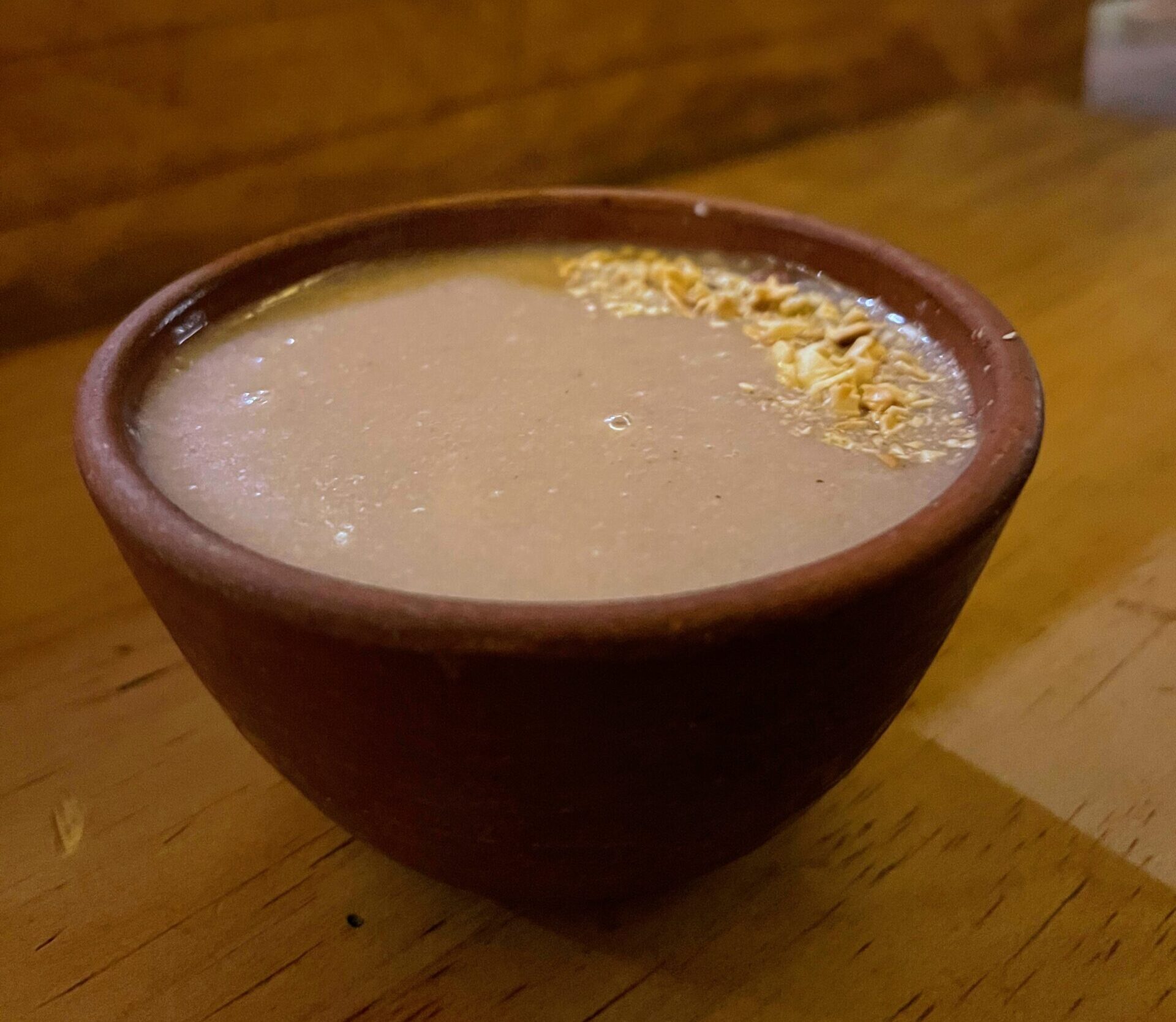
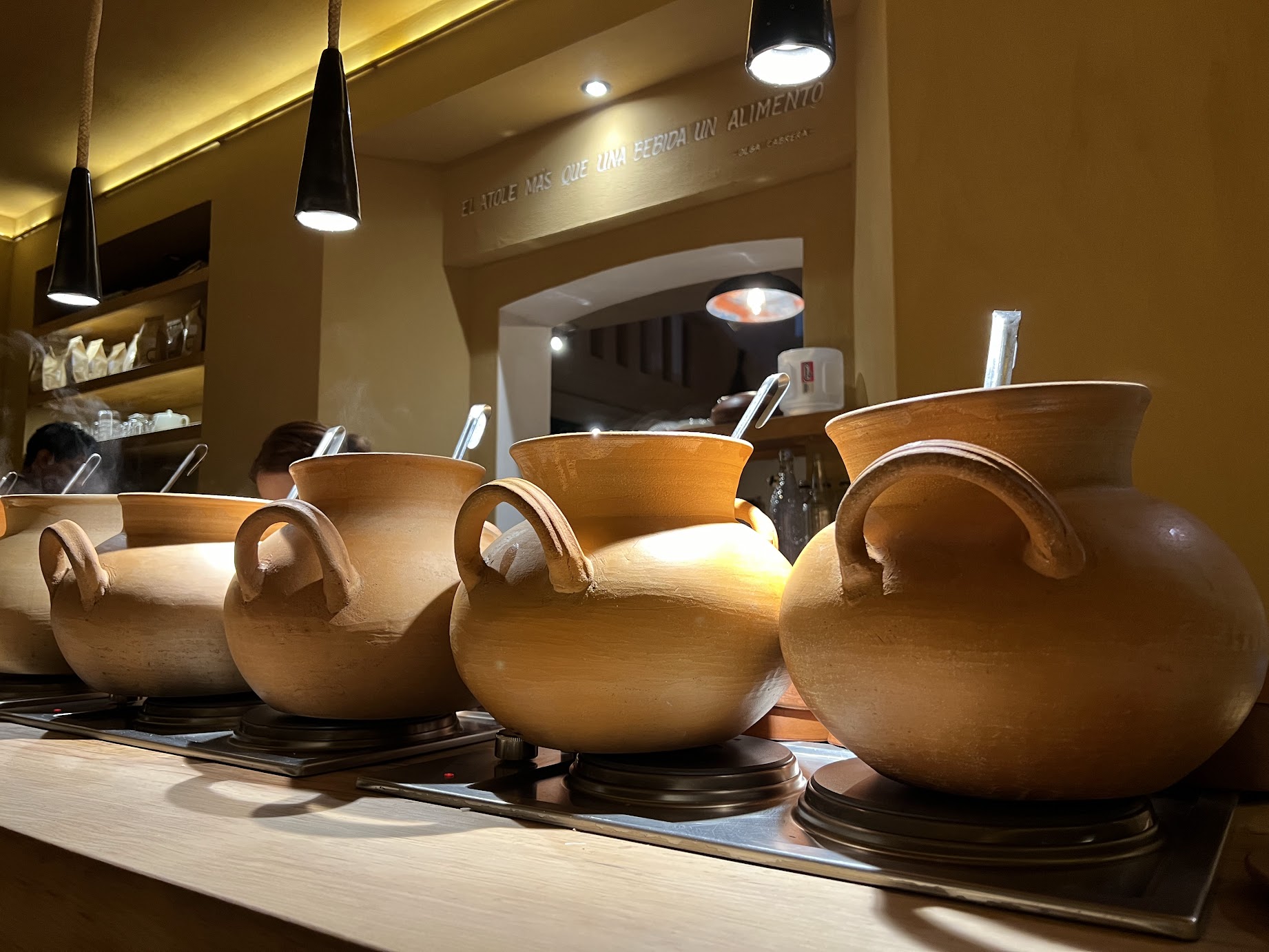
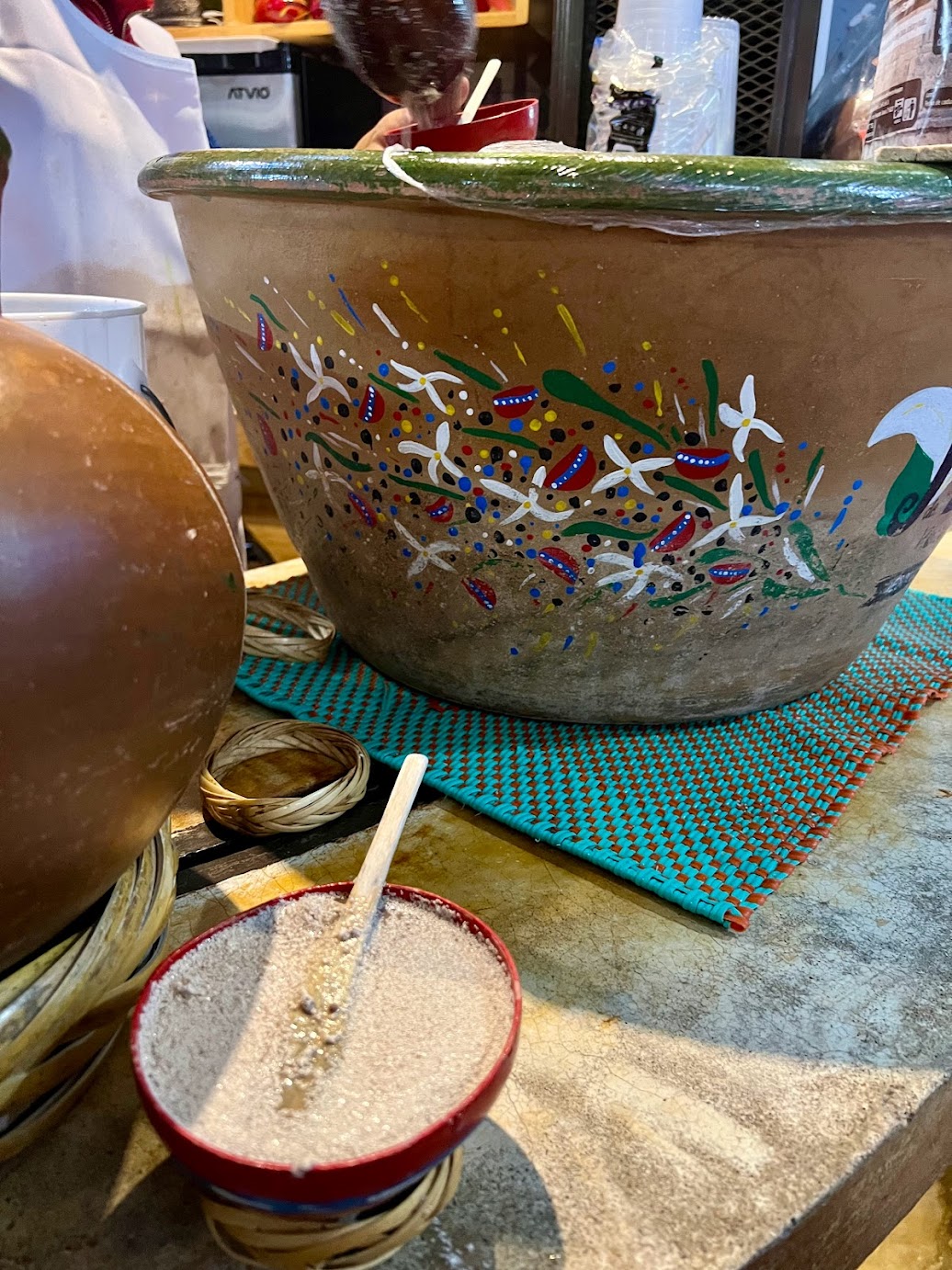

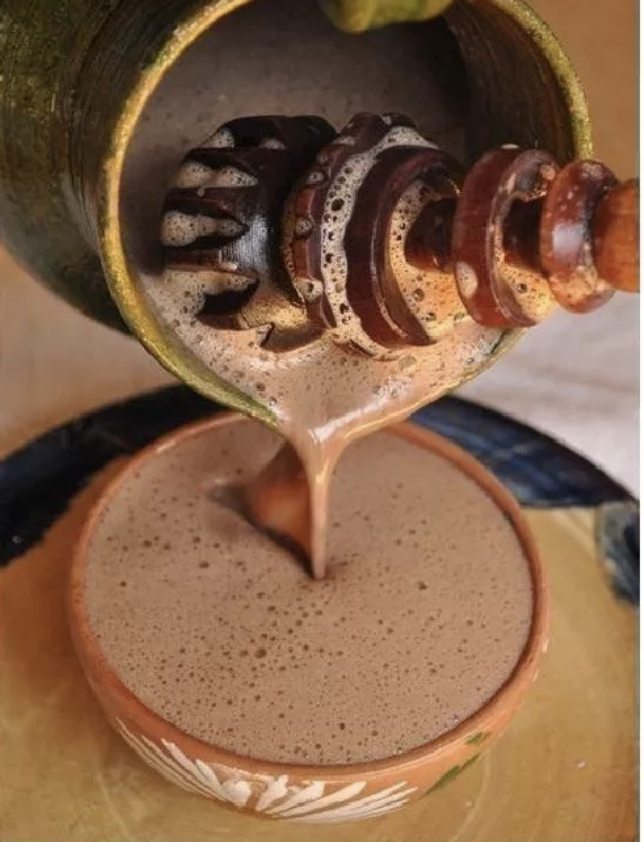
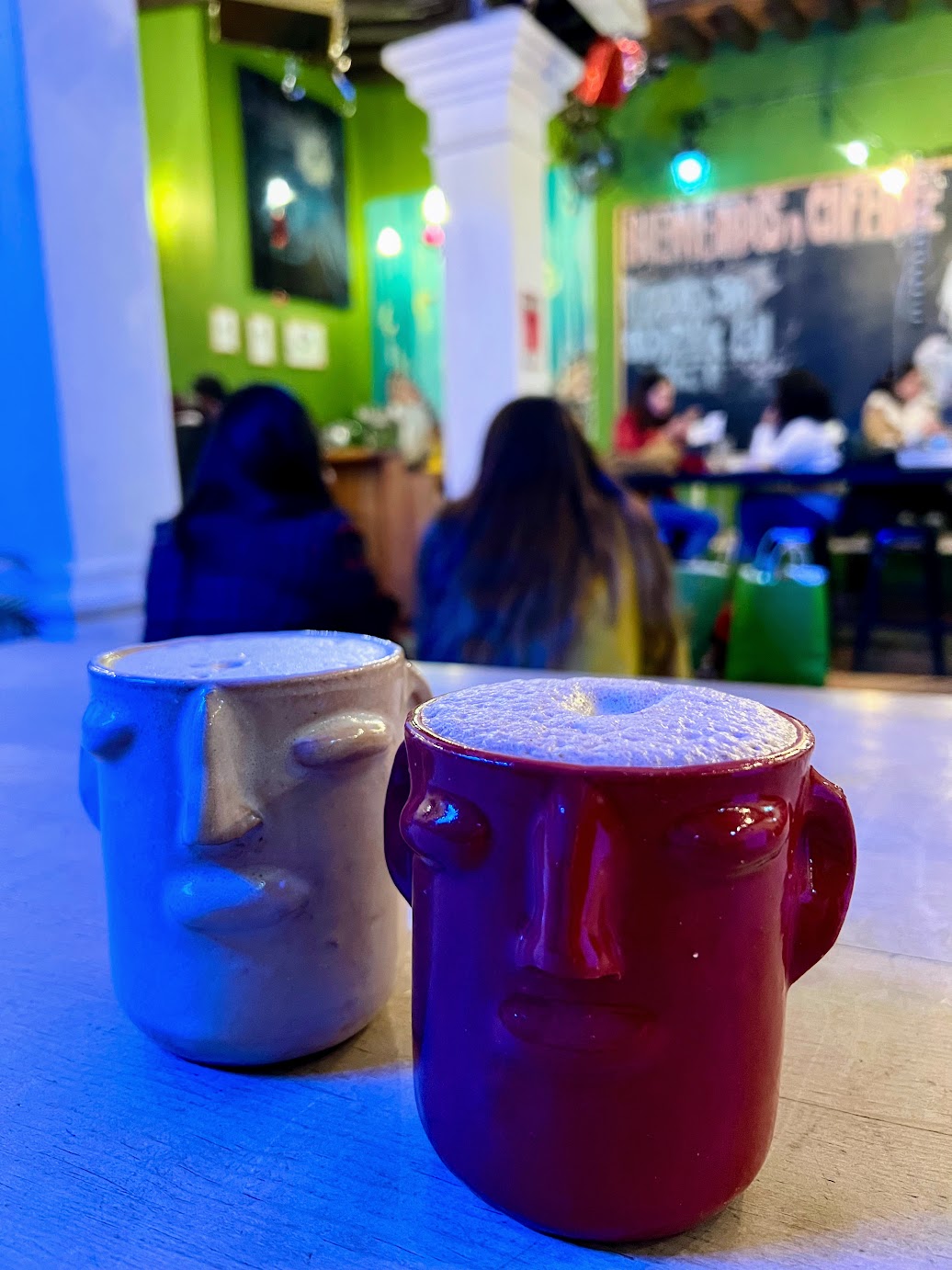
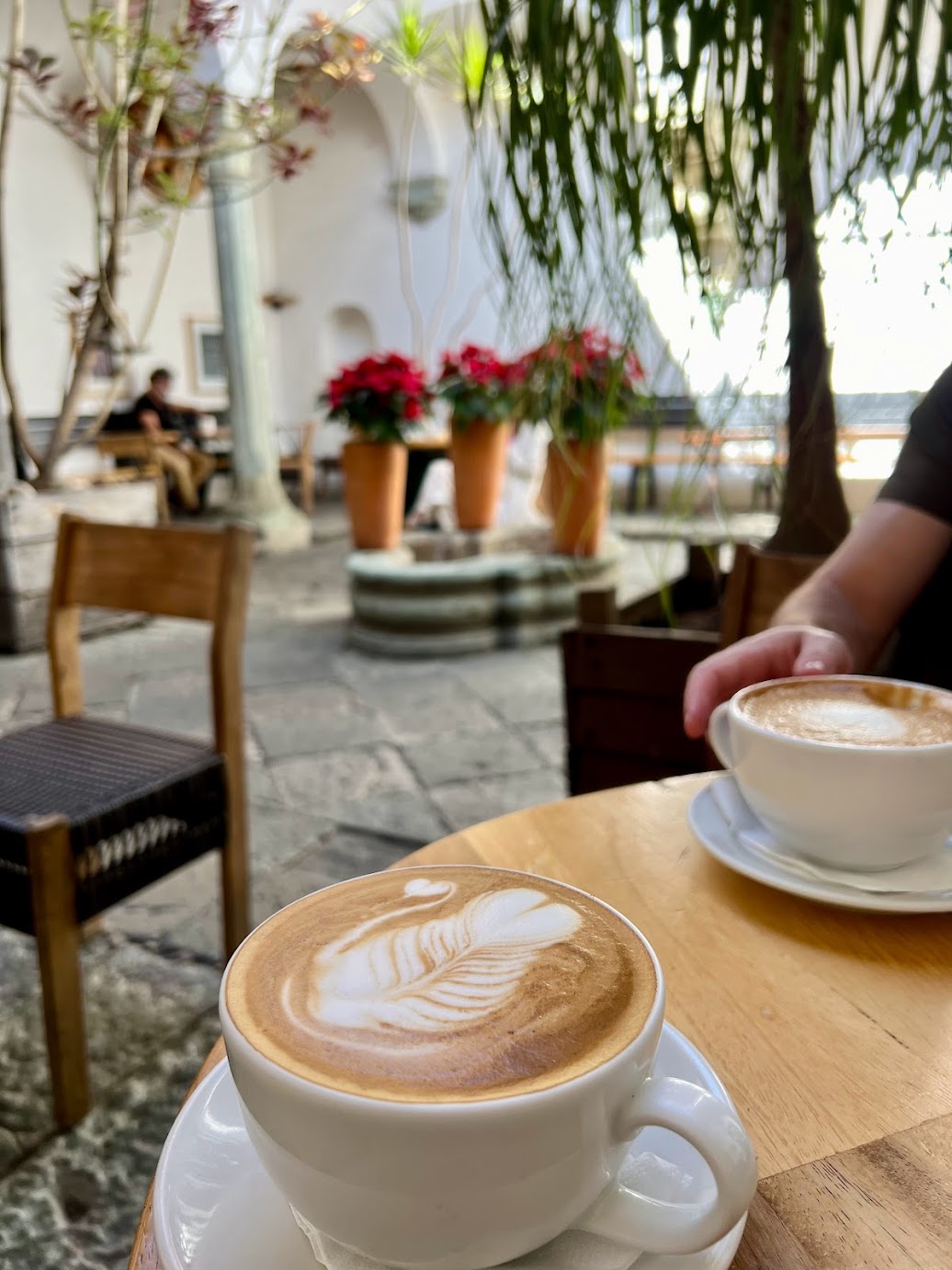
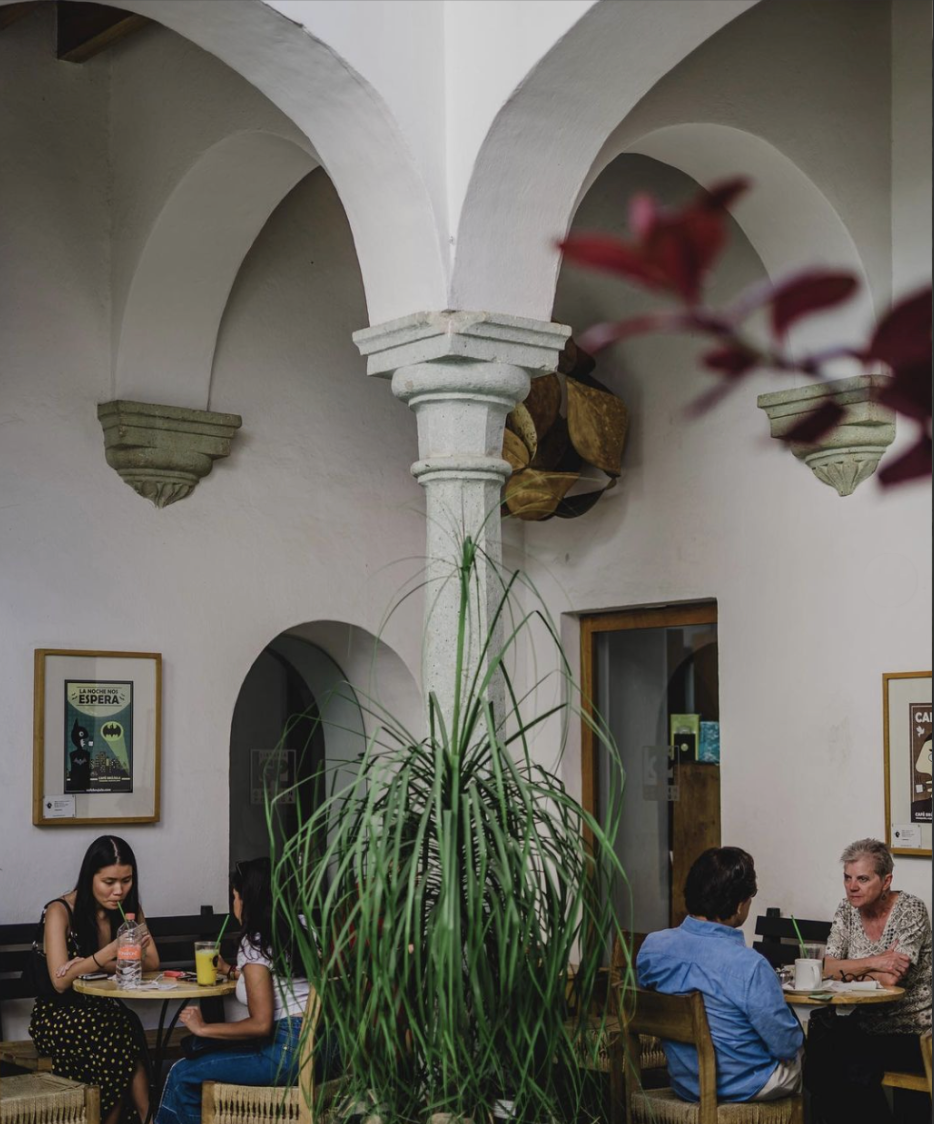
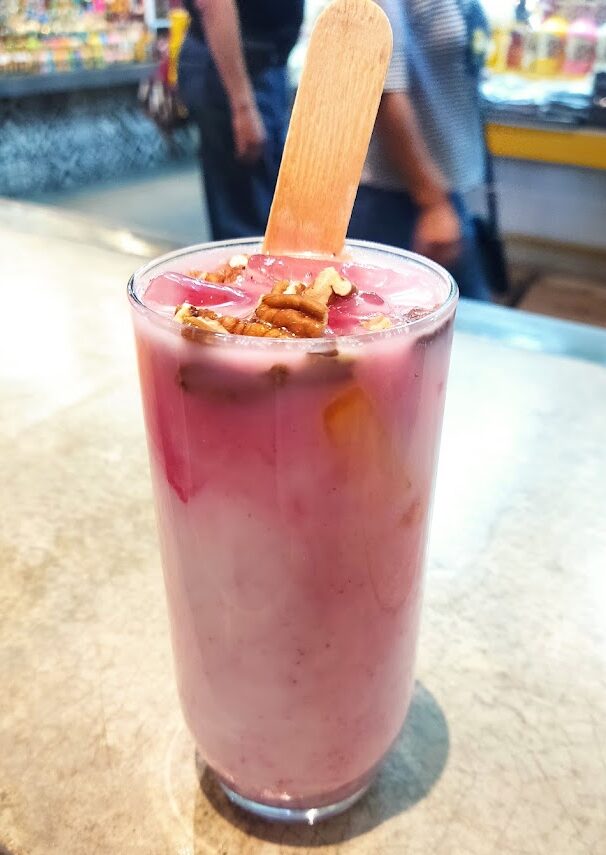
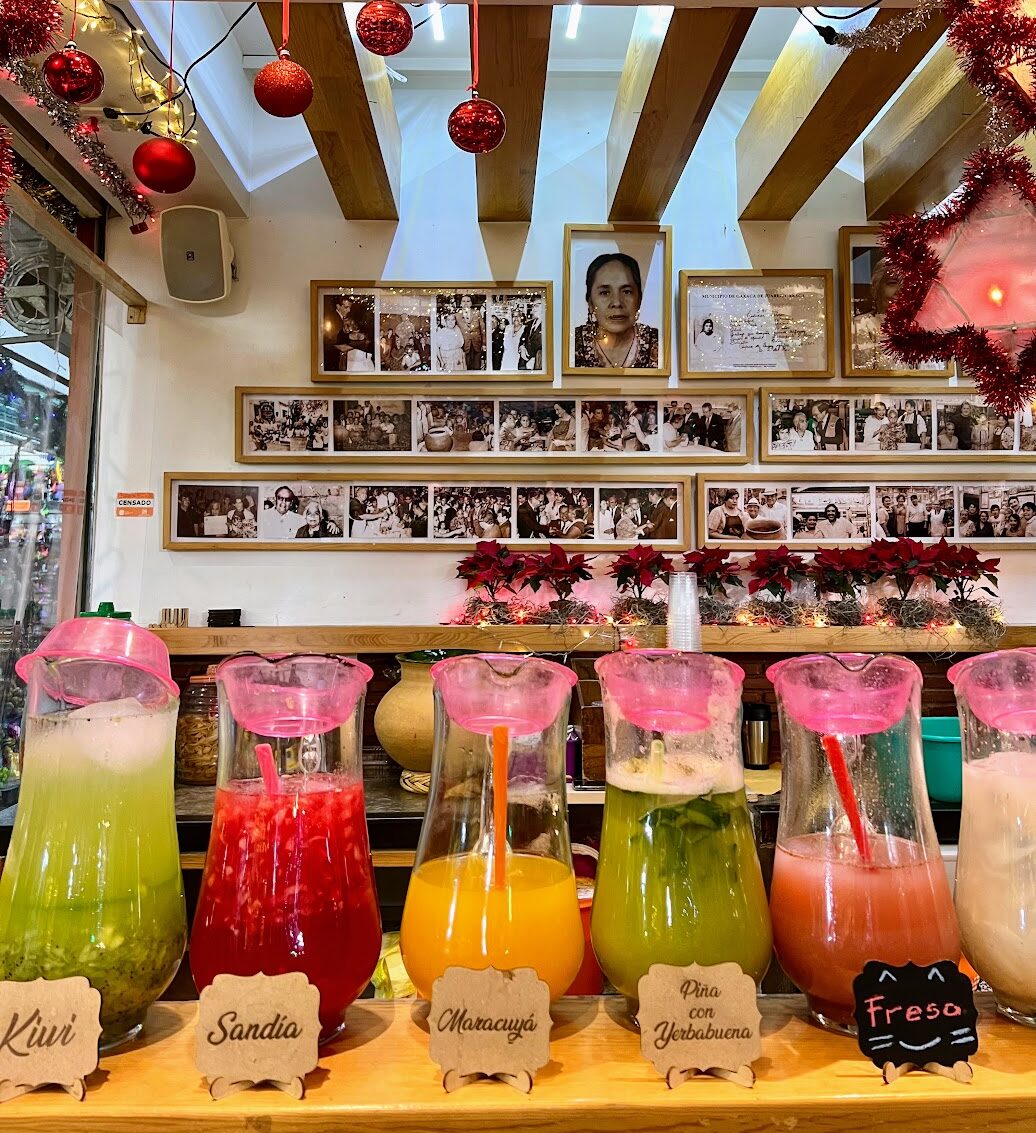
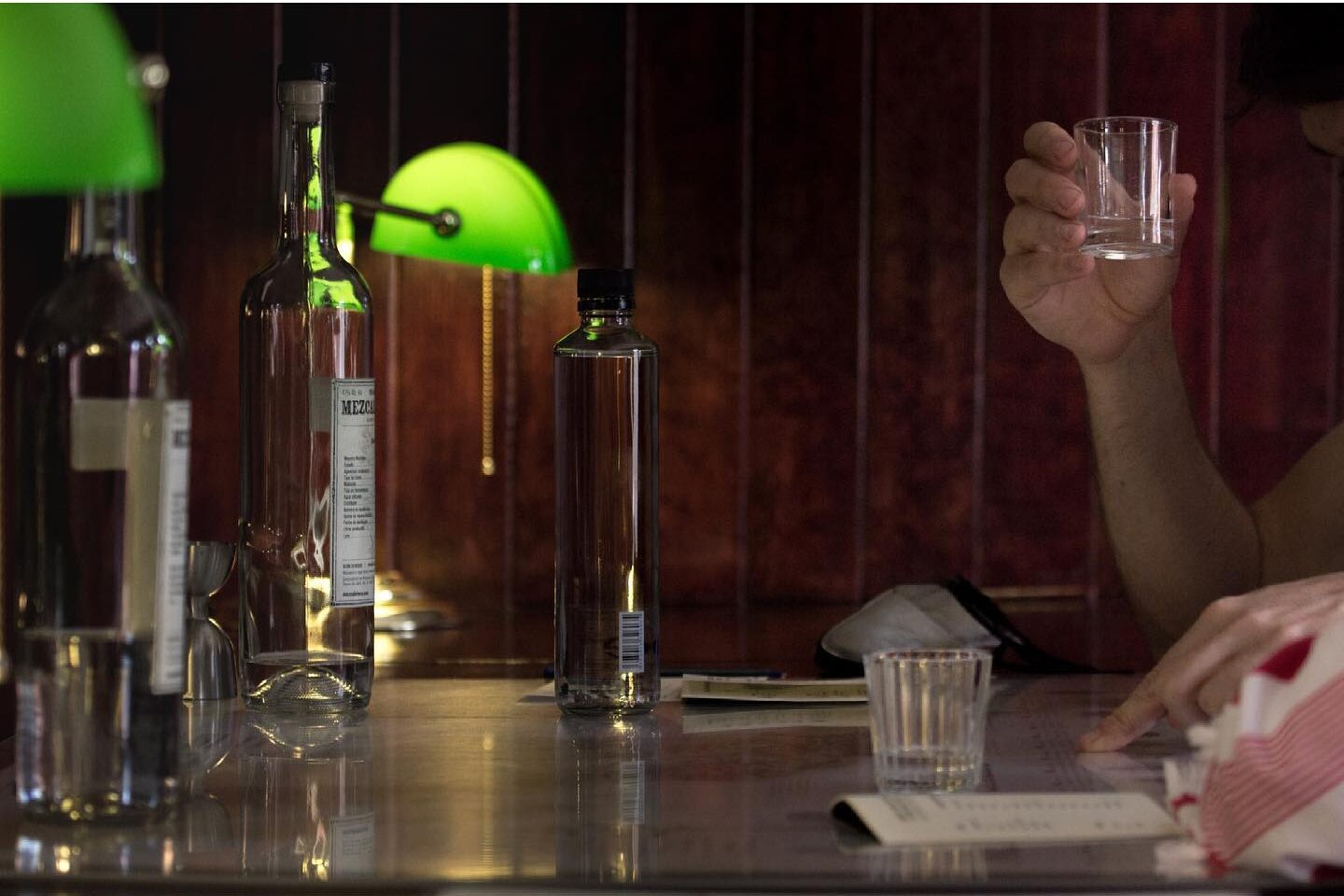

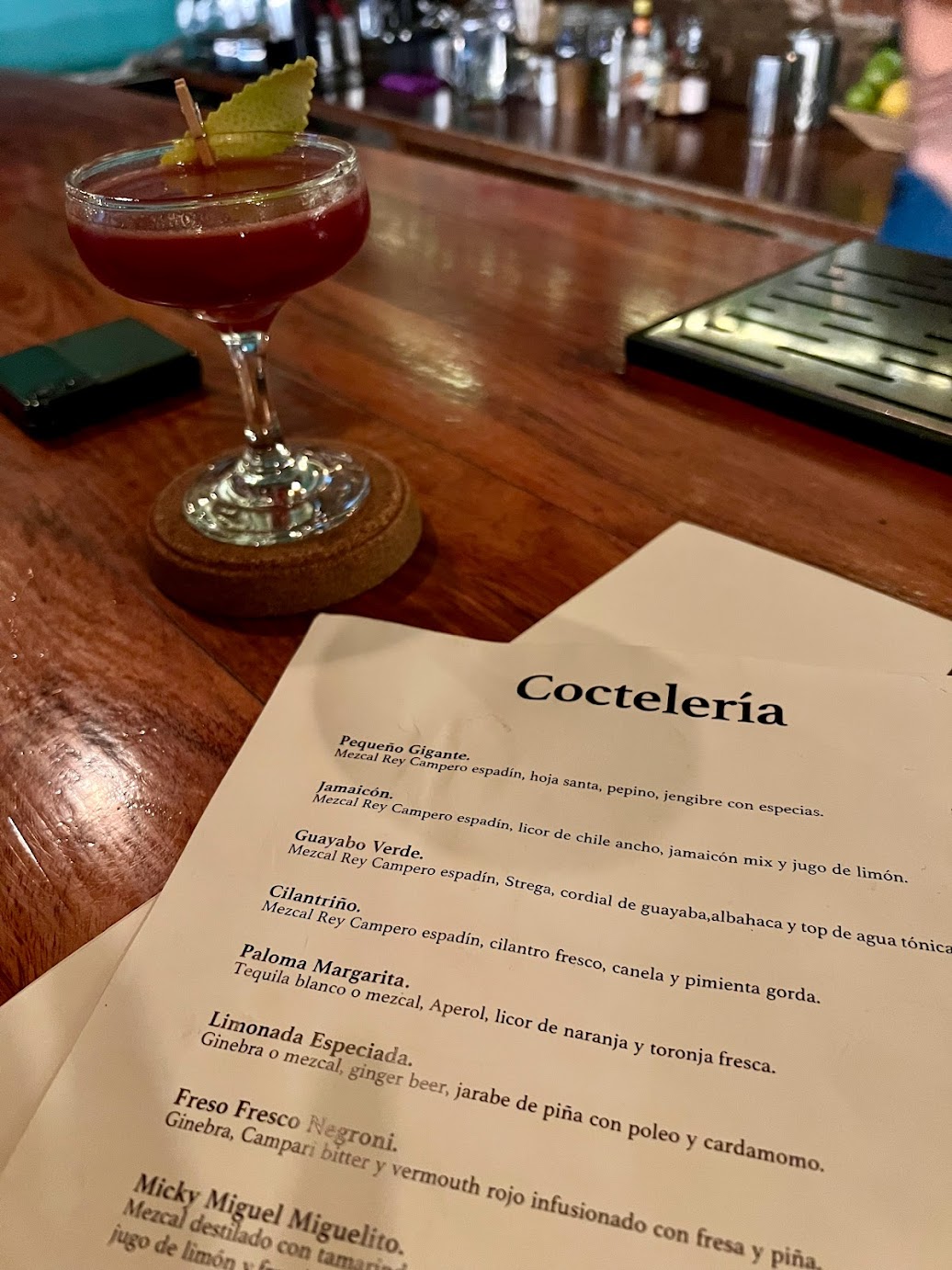

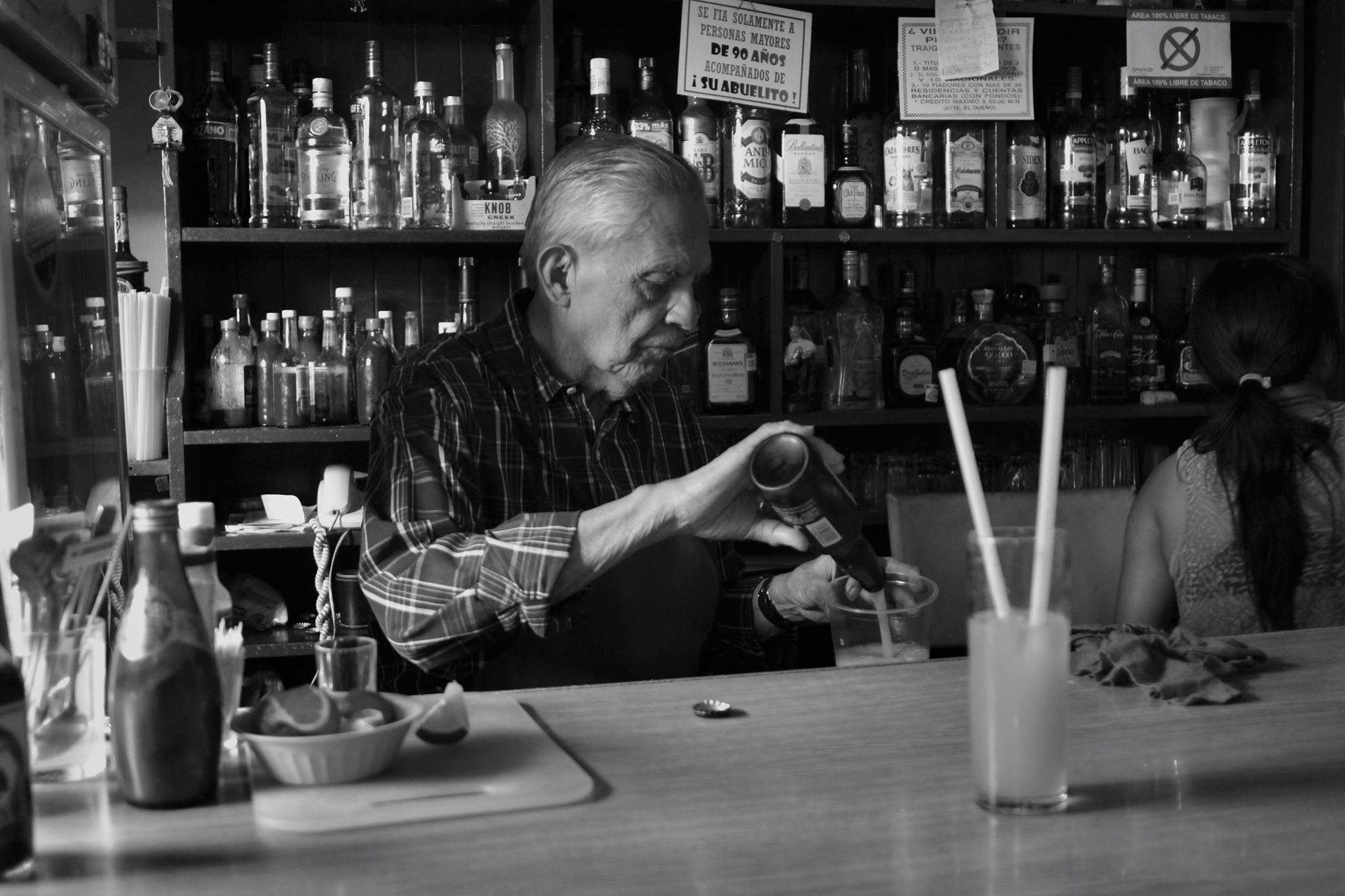
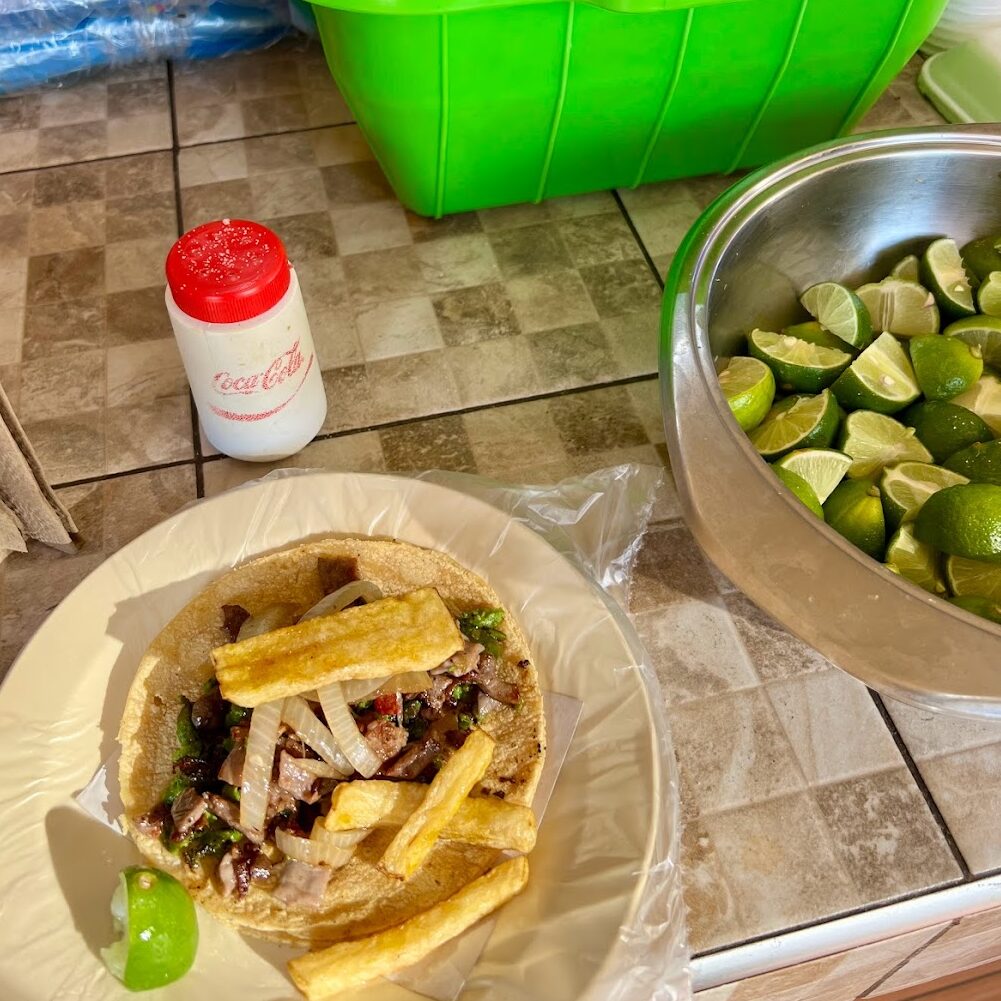
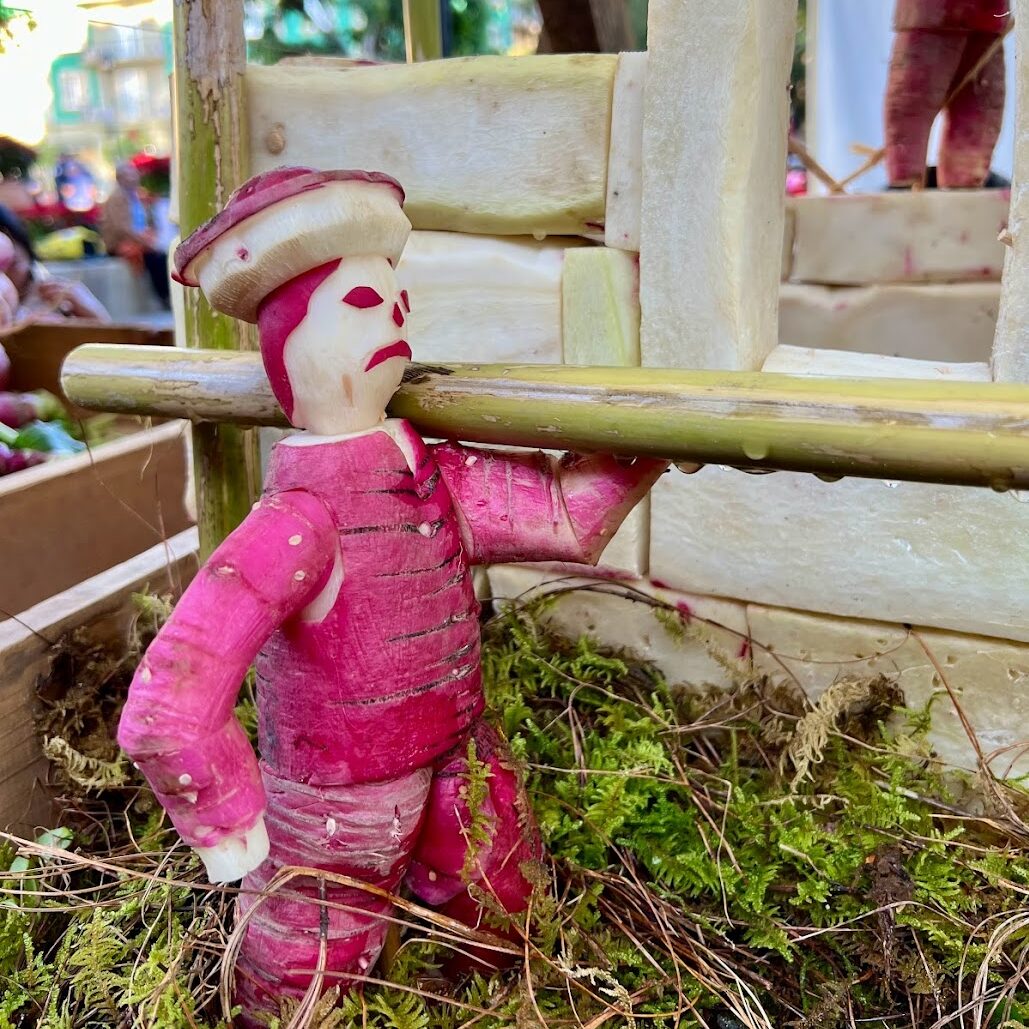
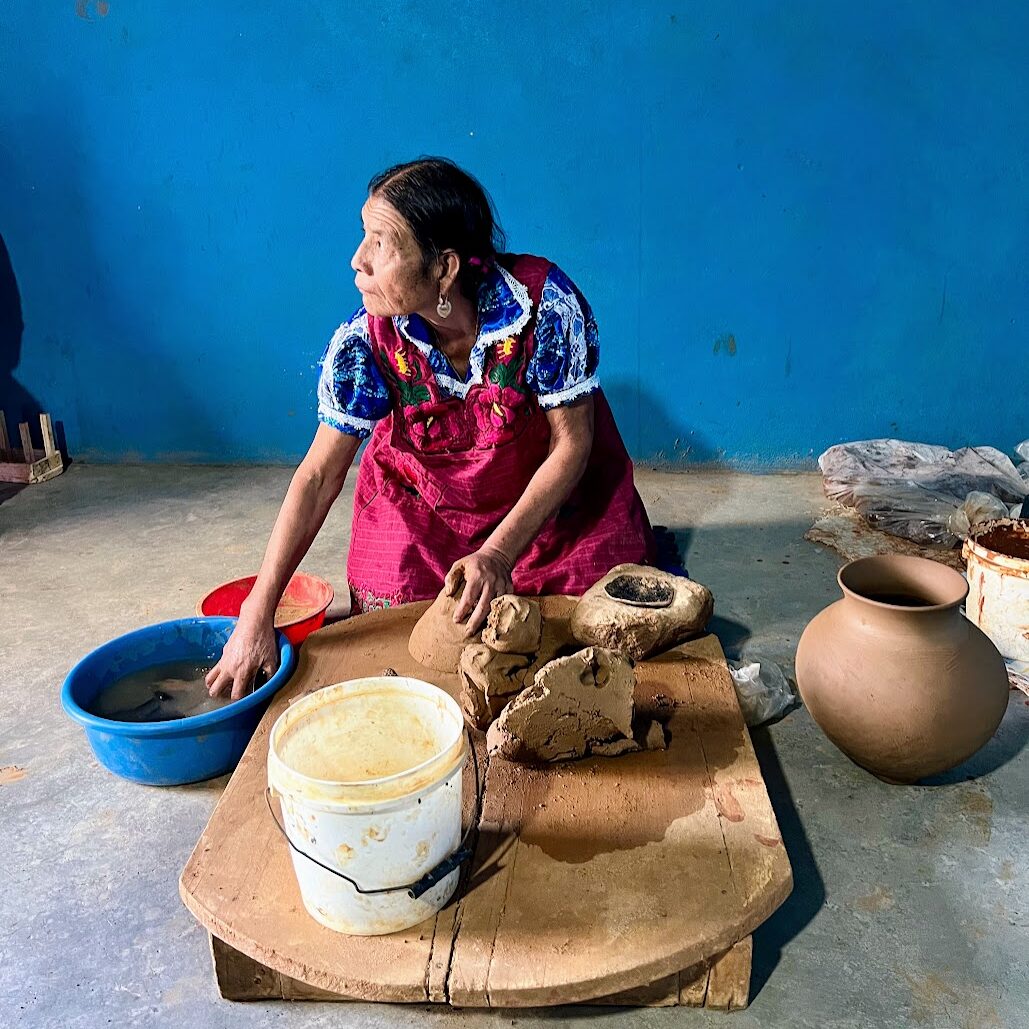
Love this – TY!!!!! Will def plan a visit now more solid then someday …..